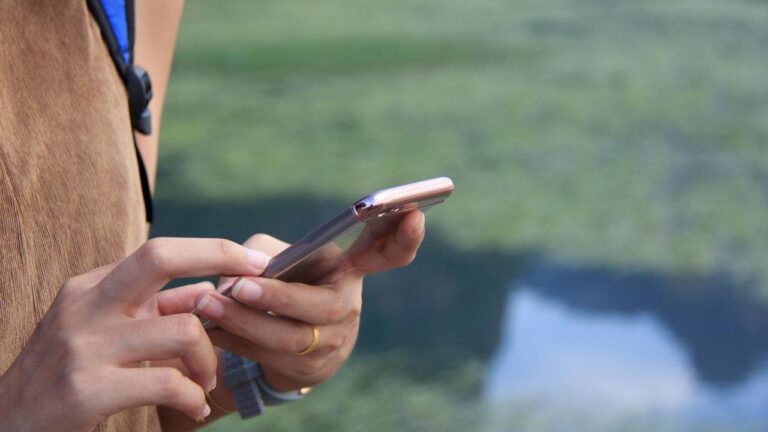:max_bytes(150000):strip_icc():format(jpeg)/Health-GettyImages-2174609503-892d8cb471224f7bb4bf23c3bf06ecb0.jpg)
Type 2 diabetes needs to be monitored every day—even during the holidays. The stress, food, and change in schedule that come with the holiday season can make it hard to stick to your management plan. Health’s Type 2 Diabetes Advocate Alysse Dalessandro gives tips on how she manages her diabetes during the holidays while still enjoying the season to its fullest.
Diabetes doesn’t take a day off. When you have diabetes, you live with it every day regardless of whether you are going to work or sitting around the table with your family during the holidays. Whether you celebrate with candy canes, potato latkes, candied yams, or panettone, food is deeply ingrained into many holiday and cultural traditions.
In my Italian American family, we have a tradition of opening presents on Christmas Eve night. After opening presents, my dad, who grew up working in his family’s pizzeria, makes us pizza fritta. Although you can eat this sweet treat year-round, I’ve come to associate this sugar-coated pizza dough with the holidays. I bite into it, and I can feel the joy of my dad singing along to Frank Sinatra’s “Christmas Songs” album in the kitchen while he makes it.
When I was diagnosed with type 2 diabetes in March 2016, I knew so many parts of my life would need to change. I experienced a lot of firsts that year. I went on my first vacation just one day after I received my diagnosis.
Unlike the traveling I chose to dive right into, I had time to prepare for the holidays. I was able to grieve the parts of my life that had changed forever and also experience how full my life could still be while living with diabetes. For this reason, I am grateful I wasn’t diagnosed during the holiday season and had time to adjust before all the festivities.
There’s no pretty bow I can use to wrap up how to easily manage your diabetes during the holidays, but I can share some tips that have worked for me. I can also assure you that you do not have to sacrifice your traditions completely—you just have to find adjustments that work for you!
Stress is just as ingrained in my holiday season as Santa Claus himself. As someone who runs an online retail business, there’s a lot of pressure to get ahead of the sure-to-be lulls of January sales. Whether you are trying to find the sold-out toy for your kiddo or making the perfect meal for your hard-to-please in-laws, chances are you know a thing or two about the added stresses of the holidays, too.
Research shows that stress can impact blood sugar levels. Stress puts your body on alert, and, in turn, your body releases adrenaline, the fight-or-flight hormone. While this change in adrenaline may just feel like a surge of energy followed by a crash for someone without diabetes, it can cause high blood sugar and all of the symptoms that can accompany it for someone with diabetes.
Self-care and stress management look different for everyone. Whatever makes you less stressed, make it an intentional part of your holiday season.
If there’s one thing I’ve learned in my years living with type 2 diabetes, it’s the importance of maintaining a schedule. This applies to meals, medications, and sleep. Changes in any of these can throw your blood glucose levels out of whack.
Especially during the holidays, meals can feel out of your control, but remember you have the power. If your family plans to do a late-morning holiday brunch, you don’t have to skip breakfast and your morning medications. Have a small protein-dense breakfast at the normal time you would eat so you can stay on your same medicine schedule. And if your family is anything like mine, that late-morning brunch will become a mid-afternoon lunch anyway.
As part of my diabetes management, I try not to eat too late. This means my family’s midnight tradition of pizza fritta had to become a pre-gift tradition instead—something my family was thankfully all too happy to do in support of what worked best for me. Don’t be afraid to advocate for yourself and what you need to best manage your diabetes. Taking care of yourself does not make you an inconvenience.
I know the last thing I want to do after a big holiday meal is think about cardio, but that’s exactly what your body needs. Research shows that a two- to five-minute walk after a meal can help lower your blood sugar. Movement can help clear sugars from the bloodstream. My physical therapist always says, “motion is lotion” for your joints. The same can be said for glucose and your muscles.
Maybe you can have a dance party to your favorite upbeat holiday tunes, or maybe a post-dinner snowball fight could get you moving. Find a way to make your post-meal movement something that doesn’t fill you with dread but rather adds to the joy of the day.
As a person recovering from an eating disorder, eating mindfully and not dissociating when food is around is an ongoing challenge. I do have a few strategies in this area that work for me and my personal diabetes management.
First of all, I very rarely drink my sugar or my carbs. While there are ways to drink alcohol with diabetes, it’s not something I choose to do often. This means I skip the spiked eggnog on Christmas and champagne on New Year’s Eve and opt for sugar-free hot chocolate and zero-sugar ginger ale. If you are a coffee drinker, try to add some holiday cheer with a zero-sugar creamer.
It’s incredibly easy to unknowingly participate in food grazing over the holidays. Let’s say your family puts out a table full of appetizers before the meal. Your nonna is telling you a story while stirring her sauce, and the next thing you know, there’s an empty bowl of olives in front of you. Trust me, I’ve been there!
Eliminate grazing by filling a small plate. Instead of sitting in front of the fruit tray and endlessly snacking and yapping, use the plate and grab what you would consider to be an appetizer-sized portion. Treat this situation as if you are at a party with passed appetizers, and there’s a full meal to follow. You know your body in that situation, and you know when you have had your fill of chicken skewers when the waiter comes by again.
Now, let’s talk about dinner. The order in which you eat the foods on your plate can impact your post-meal blood sugar. It’s fine if your plate has green beans, chicken, sweet potatoes, and cranberry sauce, but you should probably eat it in that order. Start with your vegetables and fiber-rich foods and end with your sugar-heavy or carb-dense dishes.
You can and should enjoy the holidays while living with diabetes. Family traditions may adjust, but they do not need to disappear. Talk with your loved ones to help them understand what you need to manage your diabetes at the holidays. Set boundaries, be mindful, maintain your schedule, and, most importantly, find your own way to appreciate the sweetness and joy that the holiday season can bring.













